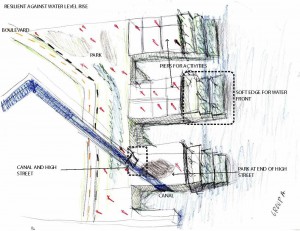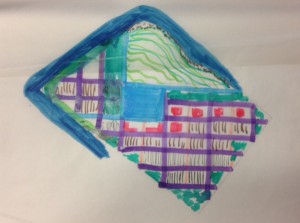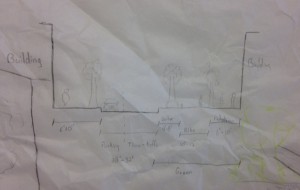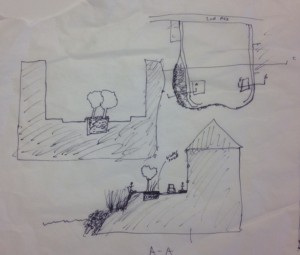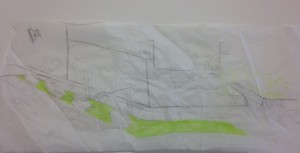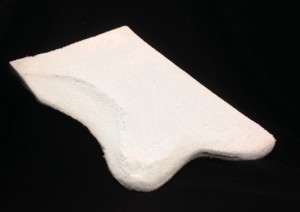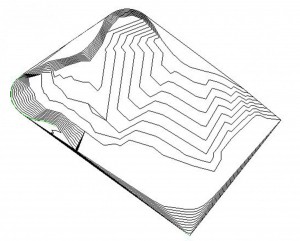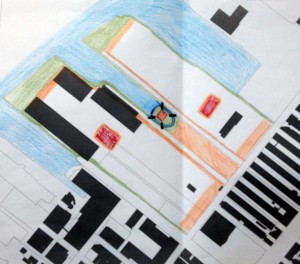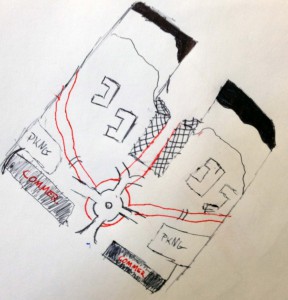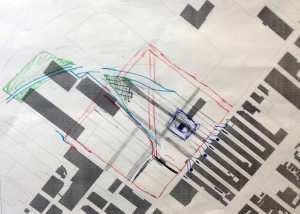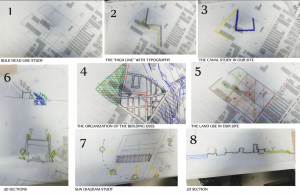Internship at SHoP
SHoP Architects (very pleased with Harold Morales who won the internship last summer and is now full time) has requested more City Tech candidates!
Internship description:
SHoP Architects – Summer Internship 2015 (paid)
We are looking for a candidate for a summer intern position with the technical side of our practice. This candidate would support our Revit Task Force (our office BIM Manager(s)) in developing our 2D and 3D detail and family libraries.
A candidate who is proficient in Revit and has an interest in databases would be ideal.
Please identify qualified student candidates and forward their 1 page resume to Prof. Conzelmann by Thursday 16 April 2015.
kconzelmann@citytech.cuny.edu
Thank you!
Kenneth Conzelmann, AIA, ARA
Assistant Professor
Department of Architectural Technology
NYC College of Technology | City University of New York
300 Jay Street | Voorhees Hall, rm V308 | Brooklyn, NY 11201
718.254.8671
Danielle,Daniel,Dominic,Farhana-Team Sketches
Team Design Principles
Allow the site to flood and design the site to be resilient to withstand annual rainfall spikes and storms.
Provide the right ratio of commercial and public area for residencies.
Understand circulation, hierarchy of importance and relationships of uses to obtain a level of privacy and public for the residencies.
Eliza Baraggan, Walkiria Cabrera, Isaias Garcia and Jennifer Valerio
Team Design Sketches: Progress Stage Two
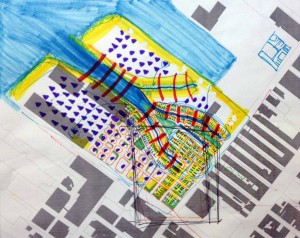
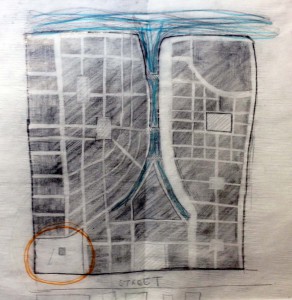
Planning Overall Master Plan
Top Left:
The plan focuses on commercial (orange) being in the center connecting a canal that will have a central ‘island’ and bridging so that people can move to other parts of the site. Another design detail that was important was creating a ‘wrap-a-round’ open space/ park. The open space will go around the entire site in order to bring green spaces to the existing area and to guide people towards the waterfront to prevent overcrowding and or blocking the streets into the space.
Top Right:
The main concept of this plan features a central plaza that has the canal running underneath. The canal will come from three places and join in the center. People will be able to use the bridge to get to each side. Parking will be limited and so parking lots will only be in two areas. The site also dedicate the waterfront as marsh land and the infill will be part of defense for rising water.
Middle Left:
This plan has multiple ridging when the canal separates two land spaces in order to keep walking continuous. The bridging is a part of walking paths. There essentially three main commercial spaces. The central one consist of major department stores including walking around green space. The other two ‘centers’ have multiple uses. There is a separation of private and public in order to keep the private areas safe and not feel like the public is intrusive. Even though the block on the inside will mainly be residential the blocks will include commercial and open spaces.
Middle Right:
The last plan is made up of major streets. Choosing not to builded on the southern corner of the site allows for visitors to feel welcomed. The plan shows very clearly the hierarchy of roads and open spaces. Which is one of our principles to show within our final master plan.
Bottom Left:
This plan is a combination plan. We choose to have the main center in the southern corner, create a plaza in front of the existing buildings, naturally form the canal cutting through the site, and limit the use of cars that will pass through the site. We want to encourage green living and one way is by limiting the use of cars.
Eliza Baraggan, Walkiria Cabrera, Isaias Garcia and Jennifer Valerio
Gentrification vs. Segregation in Urban Neighborhoods
http://www.nytimes.com/2015/03/22/opinion/sunday/viva-gentrification.html?ref=opinion
See this article for a discussion of gentrification in a Los Angelos neighborhood. Here the author argues that in the face of overwhelming segregation, gentrification eases, at least in its early stages, the negative impacts of segregated neighborhoods.
AutoCAD Base File and Illustrator File with Contours
I have updated the AutoCAD base file with 2 foot contours. I also added an Illustrator file with just the contours to the ARCH 4710 Industry City Reference Drawings folder on the S drive.
Prof. Montgomery
Happiness Reflection – Team A
In today’s society the principles we feel that require more emphasis are:
- Increased cultural diversity– This is important because in any community or neighborhood unity is essential.
- Highly populated/Main street – to guide people through the community and encourage activity around public spaces.
- More green spaces – Appeals to the people and gives a sense of life to the community.
Somerville Massachusetts Happiness Survey
Everyone,
We will be reading and discussing this article and related websites during class tomorrow:
http://www.nytimes.com/2011/05/01/us/01happiness.html?pagewanted=all&_r=2&
http://somervilleresistat.blogspot.com
http://www.somervillema.gov/news/somerville-passes-first-complete-streets-ordinance-massachusetts
Prof. Montgomery

